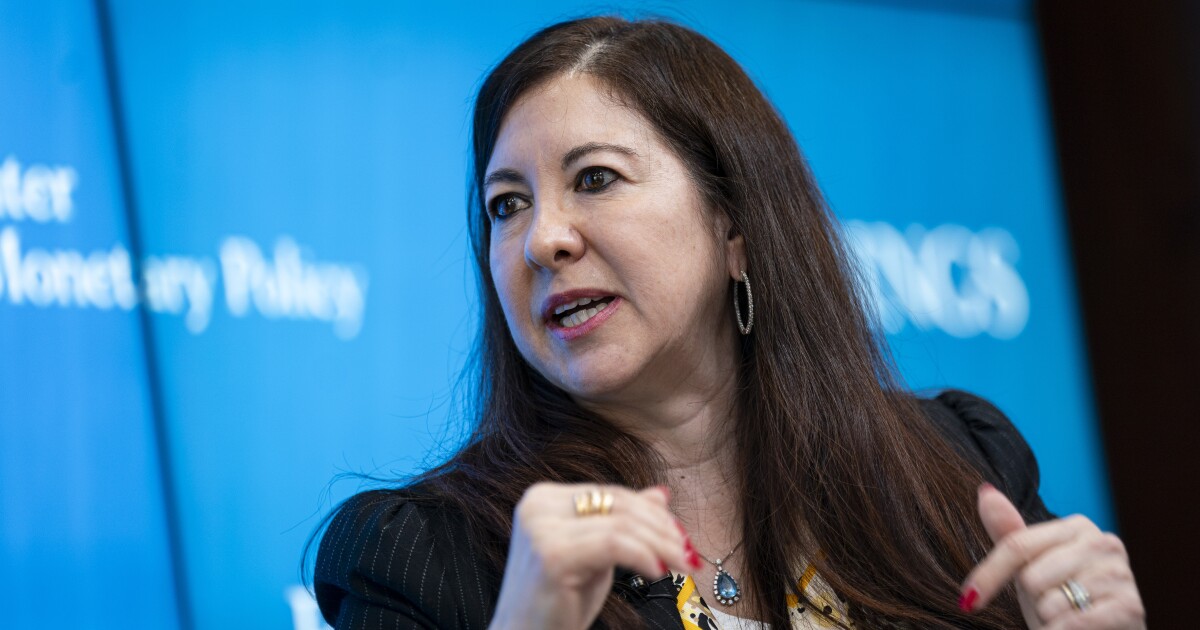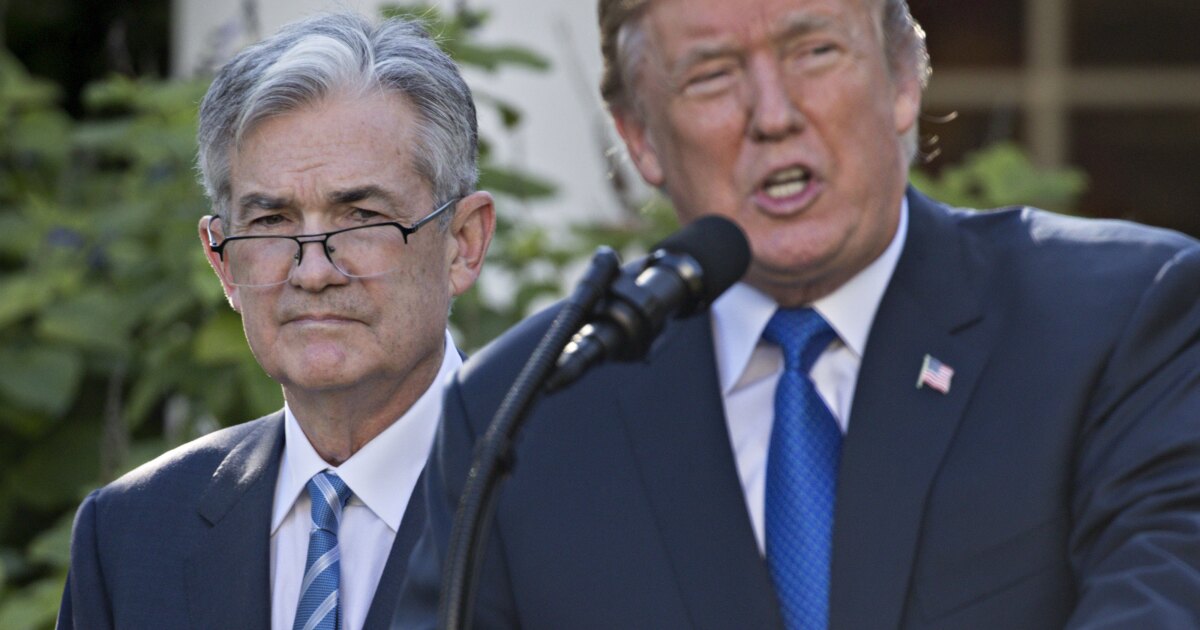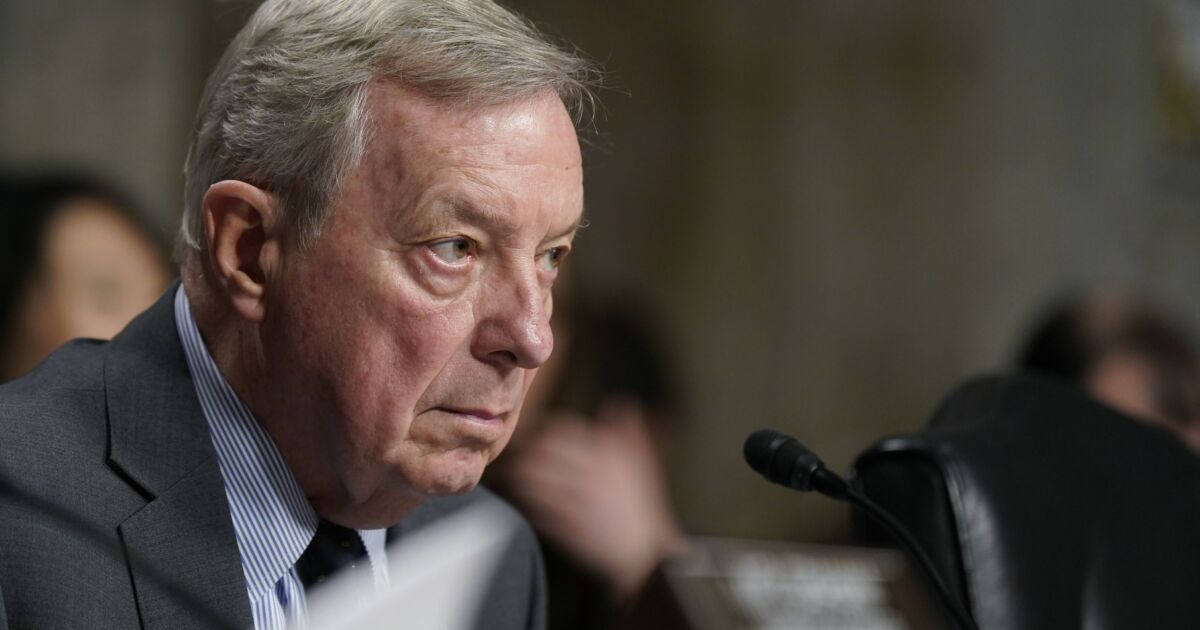
Private credit markets were less responsive to higher interest rates than banks and other more traditional lenders during the Federal Reserve's most recent round of policy tightening.
During a speech on the transmission of monetary policy, Fed Gov. Adriana Kugler said the growth of private lending in the wake of the global financial crisis created a market that was relatively immune to the central bank's restrictive policy stance.
"One implication of this strong growth during this past policy tightening is that monetary policy transmission to private credit markets appeared more muted relative to financing through public credit markets or bank commercial and industrial lending," Kugler said in remarks delivered Tuesday night at the University of Minnesota.
Kugler attributed the proliferation of private credit to structural advantages such lenders have over banks, including their ability to offer "higher customization" to borrowers and investors alike.
The resilience of nonbank lenders was not the Fed's only takeaway from its post-pandemic tightening cycle. Kugler said the central bank also learned about the impact of excess savings on monetary policy transmission.
She noted that the combination of government stimulus and curtailed spending as a result of COVID-19 social distancing "led the personal savings rate to soar." The saving glut, she said, effectively created a buffer between consumers and higher borrowing costs.
"If households are flush with excess cash, they are less likely to respond to elevated interest rates by curtailing demand," Kugler said. "Instead, they may have funds to avoid financing or may feel they are able to afford higher monthly payments."
Those excess savings have largely evaporated, Kugler said, allowing monetary policy to impact the economy in a more typical fashion. But, she added, the effects have been more pronounced for less creditworthy borrowers, pointing to credit card and auto loan delinquencies, which have risen above pre-pandemic levels.
Kugler said the disparate impacts between prime and subprime borrowers could play out in the inverse, once the Fed resumes lowering interest rates.
"For these [lower credit] households, easing monetary policy may have larger effects," she said.
Earlier in her remarks, Kugler said she was not ready to support changing interest rates in either direction. Instead, she said, she would like greater clarity on how a variety of policy developments — not only trade, but also immigration, government spending and regulation — impact the economy.
Unlike other central bank officials
"I am also monitoring any risks to the outlook, especially upside risks on inflation or downside risks to employment. Still, I think our monetary policy is well positioned for changes in the macroeconomic environment," she said. "Thus, I will support maintaining the current policy rate for as long as these upside risks to inflation continue, while economic activity and employment remain stable."
Kugler said financial conditions — namely the willingness of banks to provide credit — have front-run some of the Fed's monetary decisions. She noted that conditions began easing last year even before the Fed began cutting interest rates in September, which corresponded with an increased demand for loans by households and businesses.
But, overall, she said banks have only reduced the interest rates they charge modestly from their post-pandemic peaks and stopped doing so early this year in accordance with
"Banks stopped tightening lending standards after nine consecutive quarters, but they left standards unchanged in January," she said. "These financial conditions helped to moderate aggregate demand and aid in moving inflation sustainably toward our 2% target."
Kugler made clear that her comments about financial conditions did not apply to the past few weeks, in which markets have been roiled by prospect of a global trade war. But, she said the uncertainty has raised the prospects of both higher inflation and a weakening economy, potentially running afoul of the Fed's two mandates: maintaining stable prices and maximum employment.
Kugler said monetary policy transmission is one of several factors she will incorporate into her policy considerations.
"It is important for monetary policymakers to broadly examine all available information, including market-based measures, surveys and anecdotal reports, to understand what is happening in the economy as early as possible because, as I discussed, it takes time for policy to have an impact," she said. "As the direction of the economy changes, it is critical to pay close attention to real-time data and to consider the lags and asymmetries of policy transmission to ensure we respond not only to the actual movements on both sides of the mandate, but also to the risks to the economic outlook."



